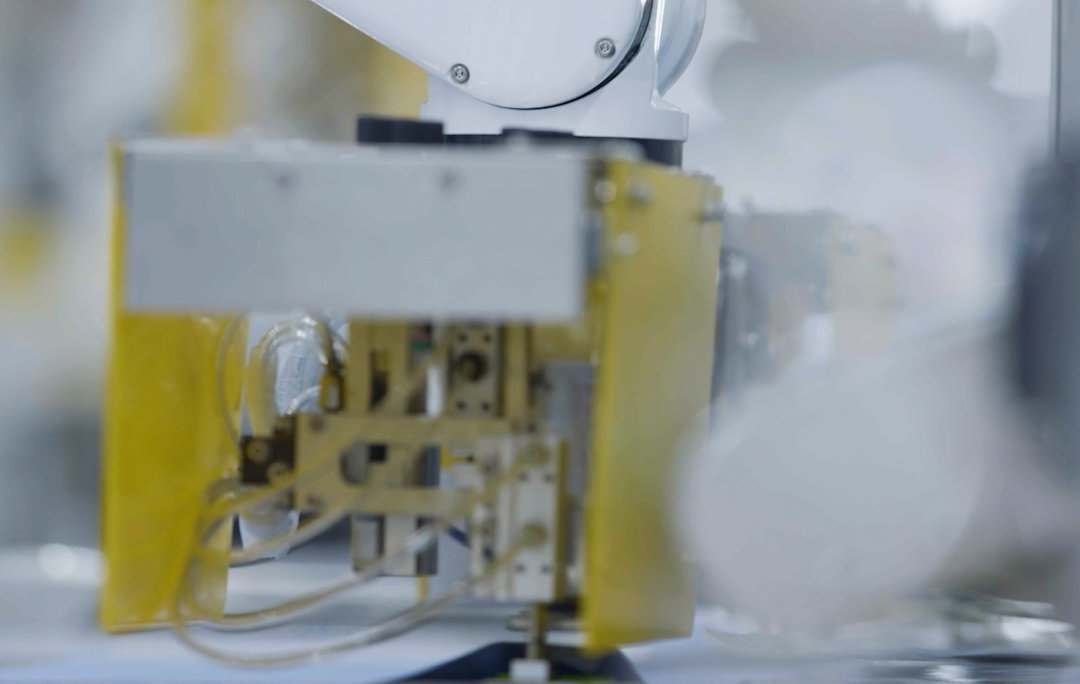Building Agility and Sustainability with Smart Manufacturing

Textile and apparel manufacturing stands at a crossroads. From volatile supply chains to accelerated climate change, the traditional production models-characterized by intensive labor, siloed operations, and limited visibility-are struggling to keep pace. In this shifting landscape, smarter and more responsible manufacturing is no longer an ambition but a critical step for staying competitive.

Automation reshapes the shopfloor
Among the biggest shifts is in automation—especially in sewing. Once the final bottleneck to full apparel automation, it is now evolving rapidly. Integrated workstation with robotic arms and machine vision systems are handling more delicate and variable tasks with precision. These production cells not only boost productivity and reduce error but also minimize material waste and energy use.
Crucially, automation doesn’t displace workers—it empowers them. By reducing repetitive labor and enabling real-time oversight, workers can focus on higher-value tasks like quality control, process optimization, and creative problem-solving. Automation also unlocks new manufacturing models: made-to-order, small-batch, and local micro-factories become practical and scalable. These models align closely with circular economy principles and the growing demand for sustainable, traceable fashion.

Smarter systems: turning data into opportunities
While automation changes how products are made, digitalization changes how decisions are made. High-quality data captured from automated systems powers intelligent operations through solutions like Manufacturing Execution Systems (MES), Advanced Planning & Scheduling (APS), and IoT platforms.
For instance, an AI-powered APS engine can integrate live data on orders, materials, equipment, and production status. By dynamically balancing delivery timelines with capacity, it maximizes efficiency while safeguarding commitments. When disruptions occur—whether due to machine downtime or urgent new orders—the system re-optimizes schedules in seconds, minimizing delays and improving responsiveness.
Meanwhile, IoT platforms establish closed-loop systems, tracking performance from raw material to finished product. Combined with predictive analytics, they enable smarter forecasting, leaner inventory, and reduced waste—delivering a more agile, efficient, and sustainable operation.
Connecting the value chain
When these technologies converge, the impact extends far beyond the factory. Smart manufacturing enables a more transparent and responsive value chain, connecting every step from design to delivery. This empowers manufacturers and brands alike to move faster, make smarter decisions, and reduce their environmental impact. In a time of uncertainty and urgency, it isn’t just about doing things better—it’s about doing better things.

